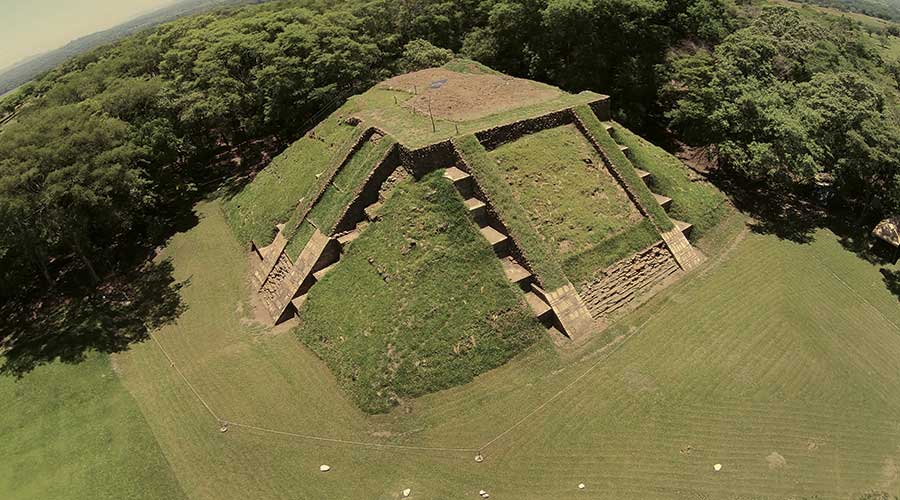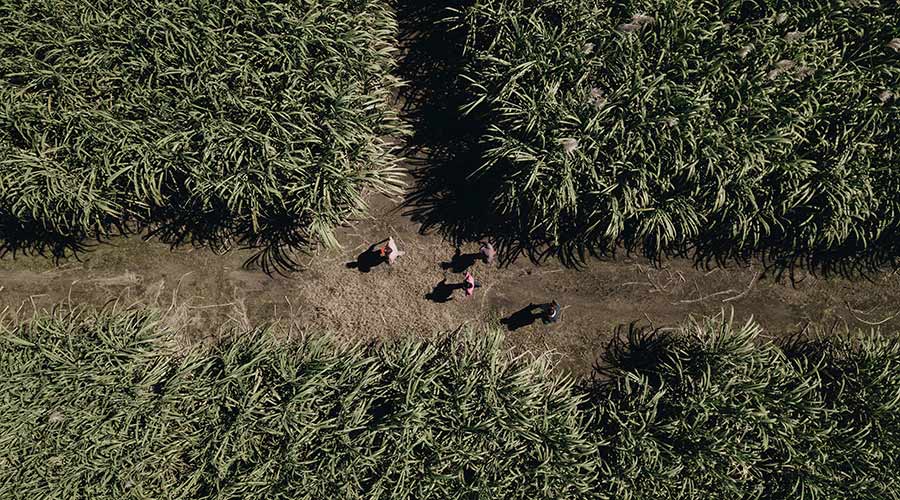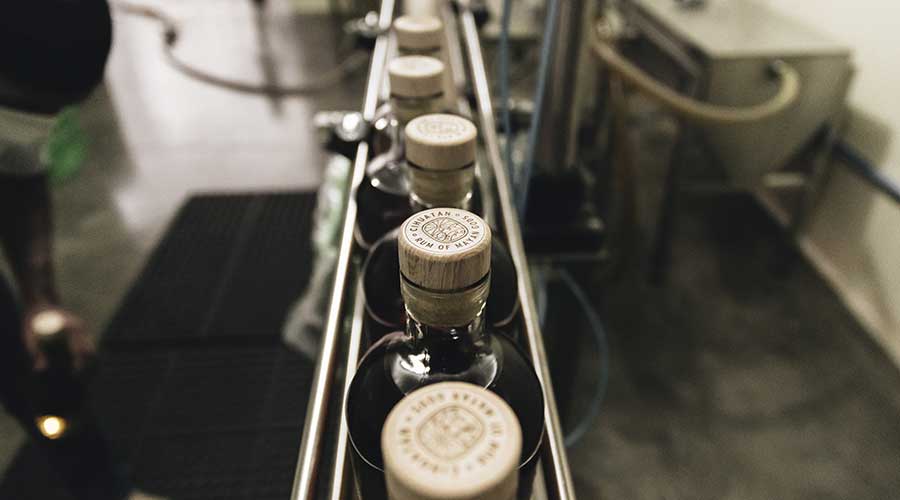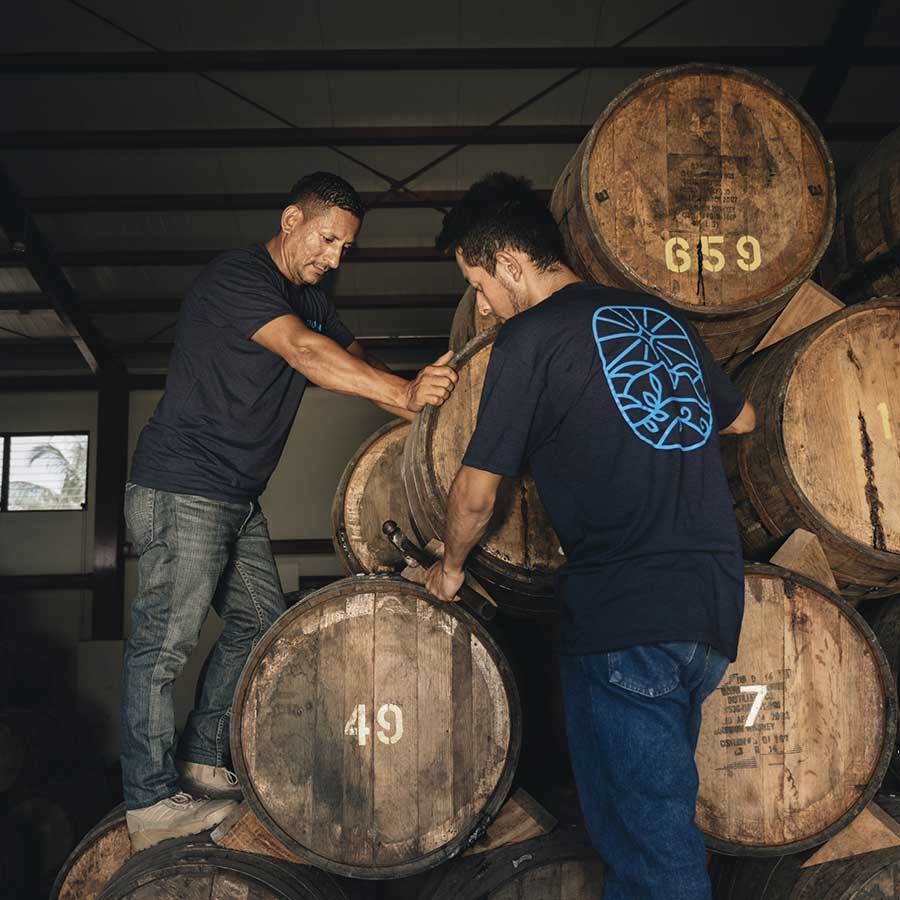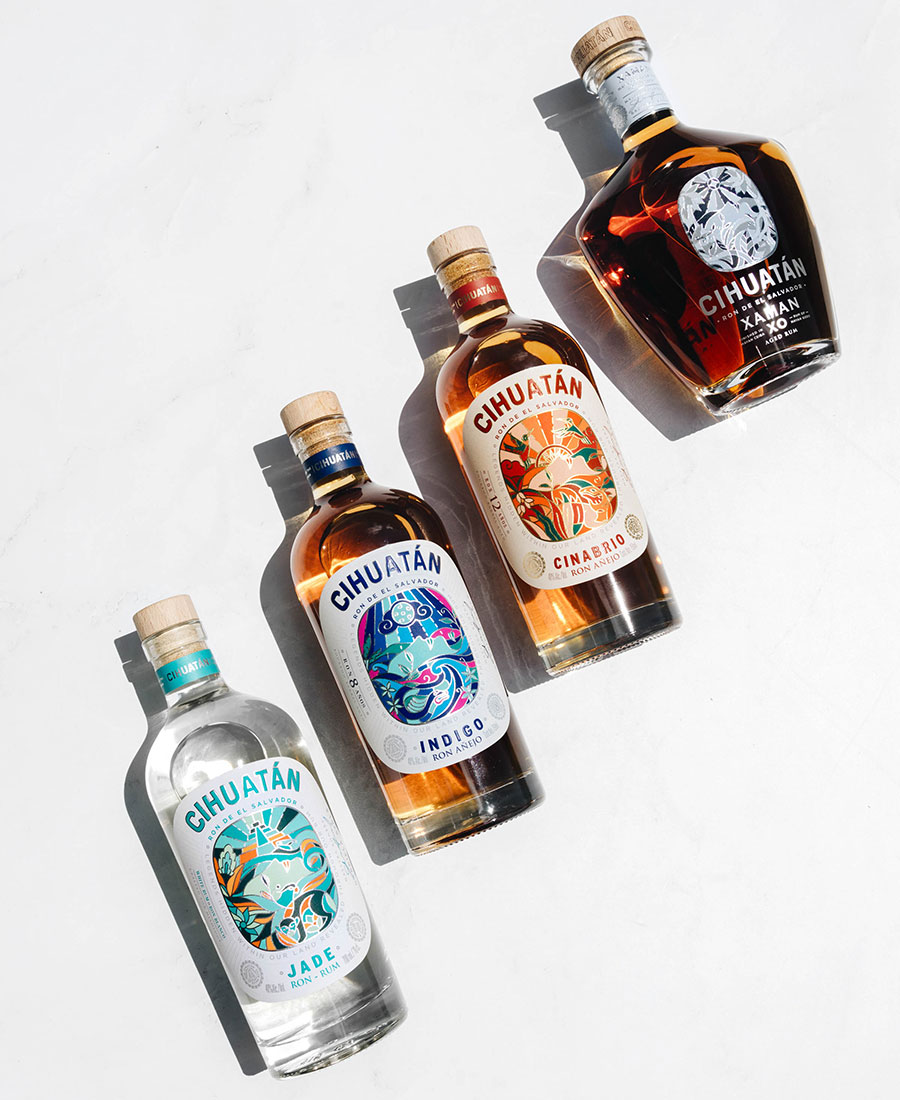In barely 20 years, Cihuatan has managed to build a diversified, complex, qualitative and eye-catching range of rums. Thanks to this brand that draws its roots in the Mayan culture, El Salvador is positioning itself as a future great rum country.
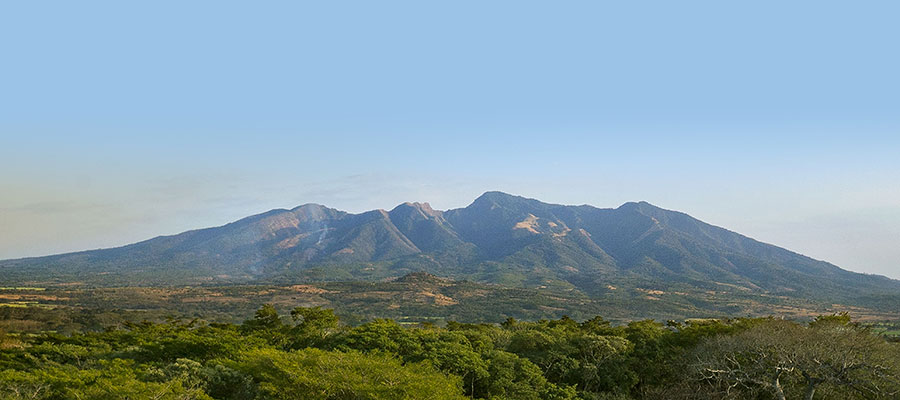
Cihuatan describes itself as the “rum of the Mayan gods,” and the word itself means “the land next to the woman.” According to legend, a Mayan goddess came to the Cihuatán valley and has since watched over the inhabitants in the form of a mountain, a silhouette found on the brand’s logo.
In fact, Cihuatan is not a modern ambrosia (the drink that gave the Olympian gods their immortality), but an excellent molasses rum that is intended for mortal palates. The reference to the Mayas, their culture and their gods is not made by chance, since El Salvador, land of production of Cihuatan, has several archaeological sites dating back to this lost civilization. And we find the mark of the Maya in the name of the vintages, the design of the labels, and even in the inspiration of the cellar master Gabriela Ayala, when she creates her rums.
The fact that a country that had never distilled rum but had been producing sugar cane and sugar for more than a century, launches in 2004 (date of creation of Licorera Cihuatán) and manages so quickly to create a brand with such a strong personality and such qualitative rums is a bit of an achievement. It was not easy, however, because in El Salvador, alcohol is highly regulated.
“At first, the authorities asked us why we were producing so much alcohol and storing it. They didn’t understand that to make rum, you had to age it. That’s how our education about Salvadoran rum began, first with the authorities, then with our partners and consumers. It was a bumpy start, but today we’re on a roll,” writes Gabriela Ayala.
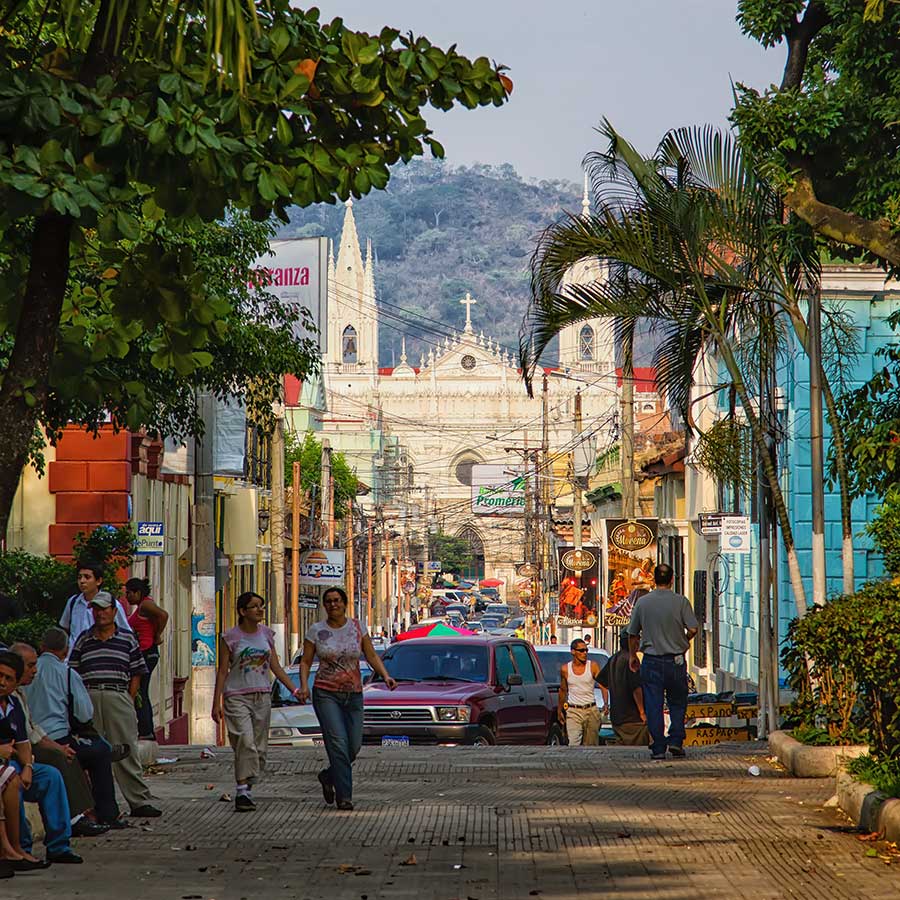
Molasses made in Cihuatan
El Salvador has about 80,000 hectares of sugarcane. It is harvested by more than 7,000 independent producers or organized in cooperatives. The sugarcane used to produce molasses, which is used for the fermentation and distillation of Cihuatán rum, comes exclusively from fields located in the Cihuatán valley and its surroundings.
The sugarcane varieties grown are CP 72-2086 and CP 881508, which are known for their versatility, adaptation to different climatic conditions and natural resistance to disease. The Cihuatán Valley is located in the northern territories of El Salvador, and is known for its warm climate and fertile soil, ideal for growing the best sugarcane. The soil contains clay, which retains moisture well. This moisture allows the sugar cane to develop its juices, which are rich in sugars.
On the sustainability side, the sugarcane bagasse is used to generate electricity. “To do this, we burn the bagasse in special boilers, and the resulting steam is used by a turbine to produce electricity. After powering our facilities, we even have a leftover electricity that is then injected into the national grid,” explains Gabriela Ayala. As the vinasse is rich in organic matter, it is treated by biocomposting.
This composting process is done by placing the vinasse in large outdoor tanks. Through the reaction of micro-organisms with the sun, we obtain a sludge, rich in potassium, which is used as fertilizer.
Light and heavy rums
The sugar produced is mainly sold in El Salvador and the surplus is then exported. The molasses is fermented with water for 36 hours. In these tanks, the yeasts will initiate the fermentation process of the molasses to produce ethanol and congeners that make the character of Cihuatán rum. A solution is obtained that is 8% Vol.
The molasses wine is then distilled in a series of columns. From column A (14 stainless steel trays) comes out an alcohol at 18%, from column A1/A2 (26 trays), comes out an alcohol at 55%, then the heavy rum extraction column (14 trays) comes out an alcohol at 75% and from the 4th column (55 trays), which is used to produce the light rum, comes out a rum at 94.9%. You will have understood it, a little with the manner of Cuban roneros, Gabriela Ayala has at the same time of light rums with low content of congeners but high degree of alcohol, and of heavy rums with strong content of congeners but relatively low degree of alcohol. Some vintages will be blends of light rums, others blends of light and heavy rums.
A wide range of barrels
The cellar master can also play with a wide range of aging barrels: ex-Bourbon American oak, American oak (new), cognac, cherry, rivesaltes, and ceiba Maya. “Our barrels are all positioned horizontally in a pyramid to maximize each barrel’s exposure to the environment and air circulation. While this pyramid arrangement comes at the expense of capacity, it allows for the best possible quality.
In addition, it also pays homage to the Mayan pyramids of Cihuatán,” says Gabriela Ayala. The warehouse is located in the Cihuatán valley, 275 meters above sea level, and enjoys a warm climate. During the day, the temperature reaches 36°C, which causes the expansion of rums in the barrels and impregnates the staves.
At night, the temperature drops to 25°C and the rum contracts, extracting tannins and other components from the wood. This is how the rums are enriched with complex flavors and aromas. The share of angels is 8% on average. Knowing that the counts of ages refer to the minimum age of rums contained in the assembly, as in Europe.
A diversified and qualitative range
Today, Cihuatán rum is sold in 27 countries. France, which is the fifth largest rum market in the world, is the first market for Cihuatán: “We are very grateful to our French customers and partners! France is known worldwide for its ability to set trends and be a reference for good taste. In Cihuatán, we are impressed by the knowledge of the French about rum and spirits in general.
They are very curious, open to trying new spirits, and so have welcomed Cihuatán with open arms (and open hearts). I had the chance to go to Paris recently to give masterclasses, and people were very enthusiastic,” says Gabriela Ayala. Enthusiasm shared, since Cihuatan rums are building a great reputation, thanks to their original approach, their complexity and their elegance. They will seduce lovers of molasses rums that are not too demonstrative or sweet, and could well make those who swear by pure cane juice rum reconsider their positions.
At the very least, they are worth giving a chance. Indeed, the proposed degrees are going up, a single cask program has been launched, vintages only made of heavy rums are planned for 2023, in short, even the rum geeks will find their account.
THE CIHUATÁN RANGE
Xaman XO
Cinabrio
Indigo
Jade
Sahumerio
Alux, édition limitée 2022
Folklore, single cask

